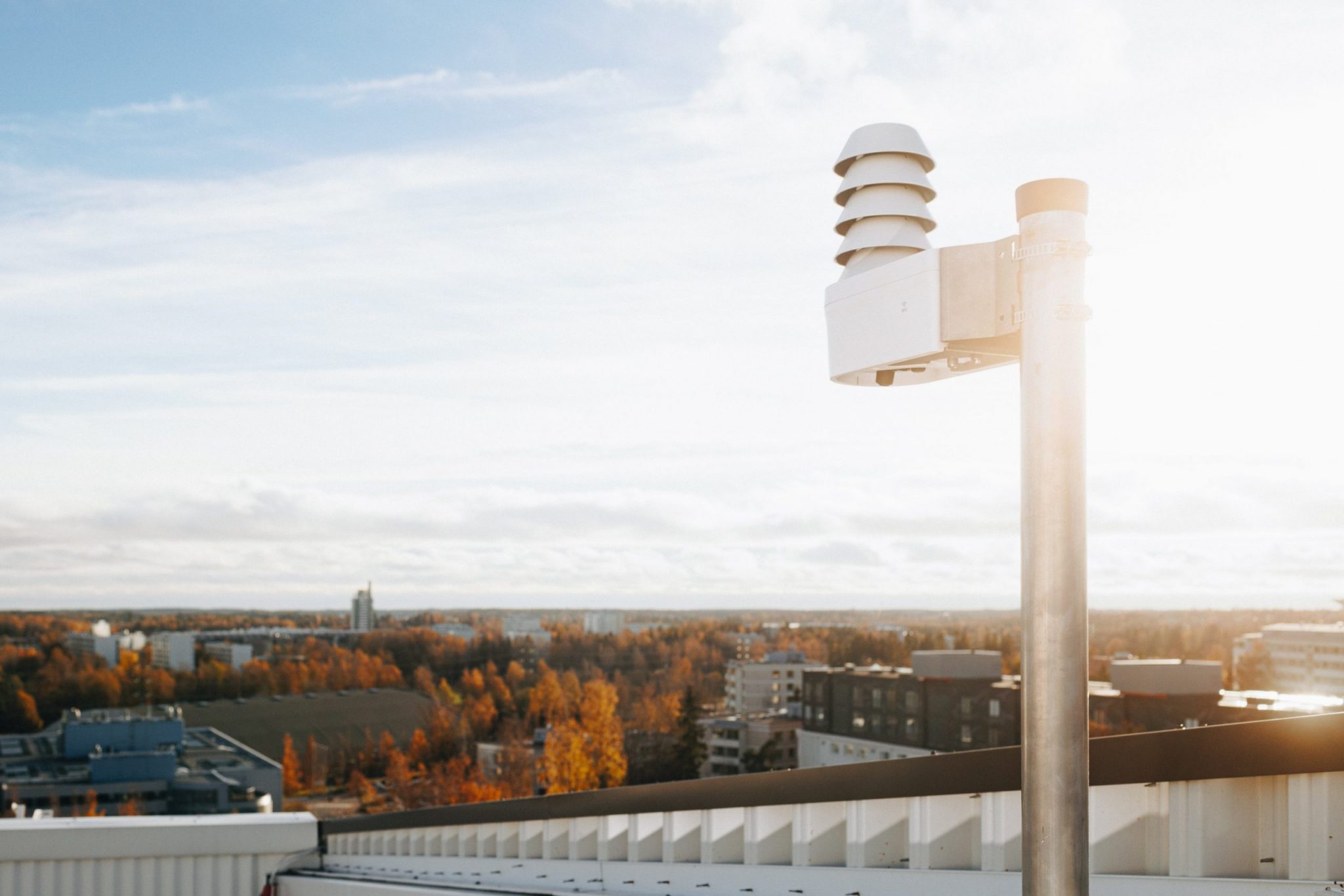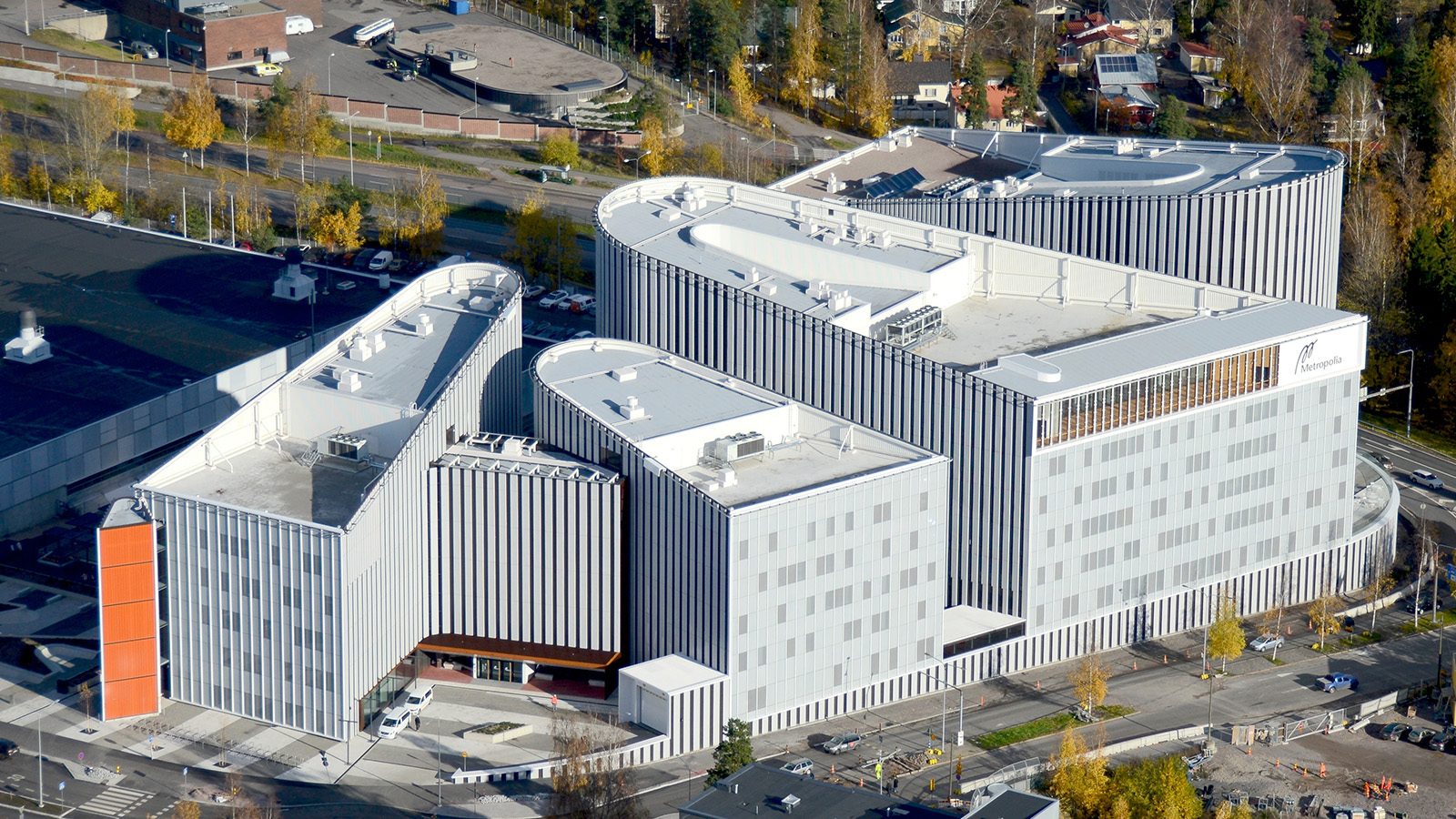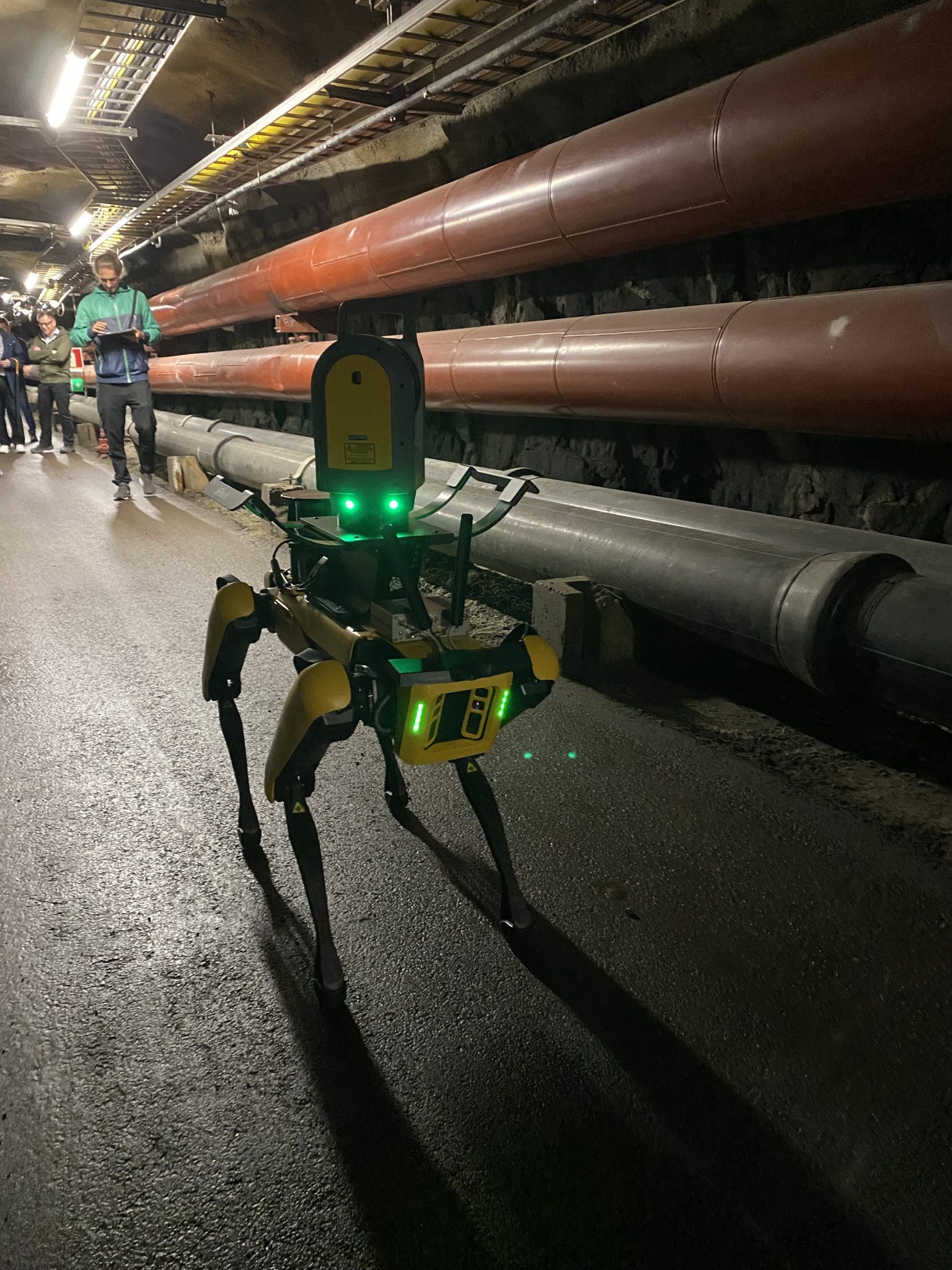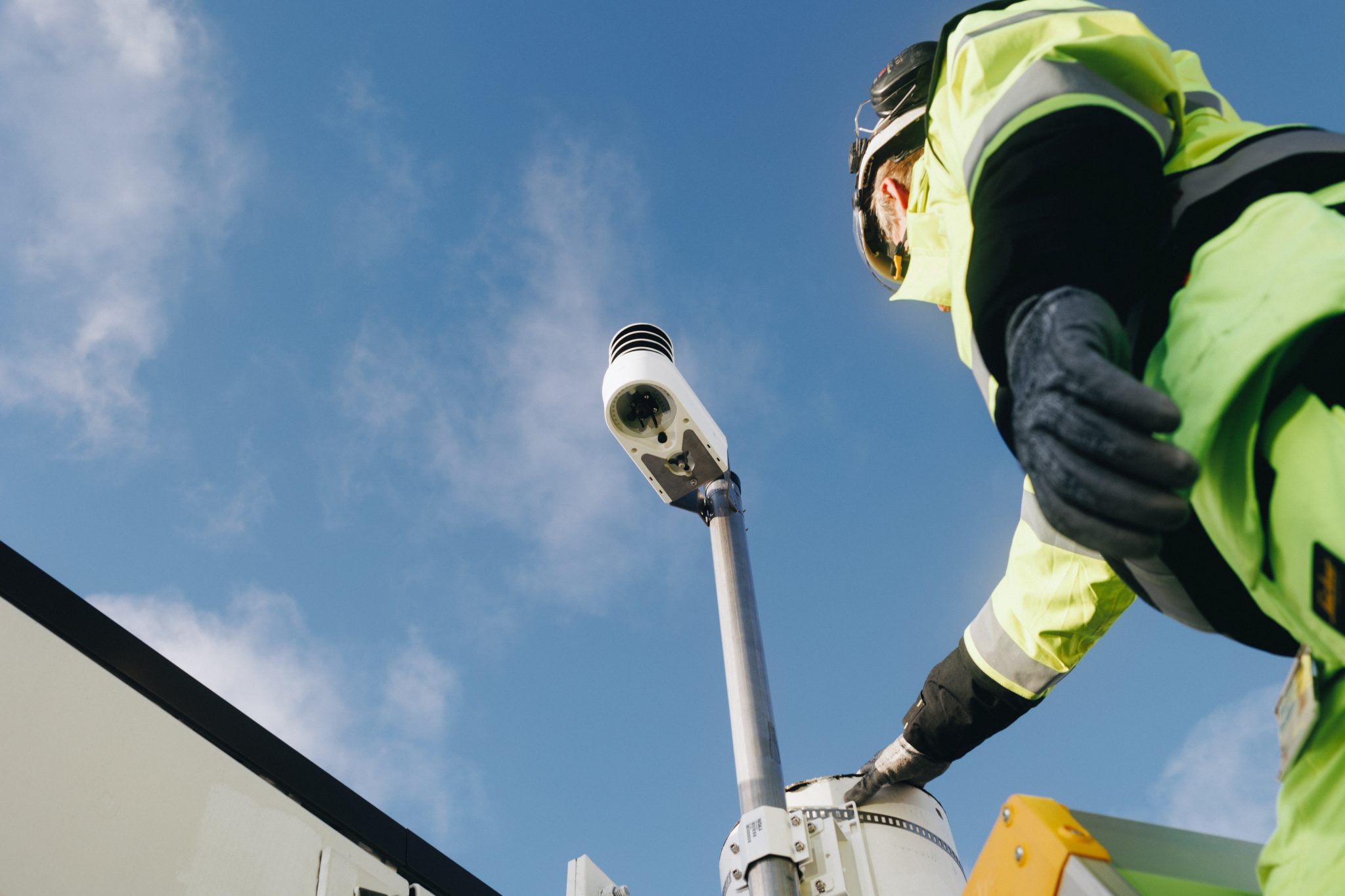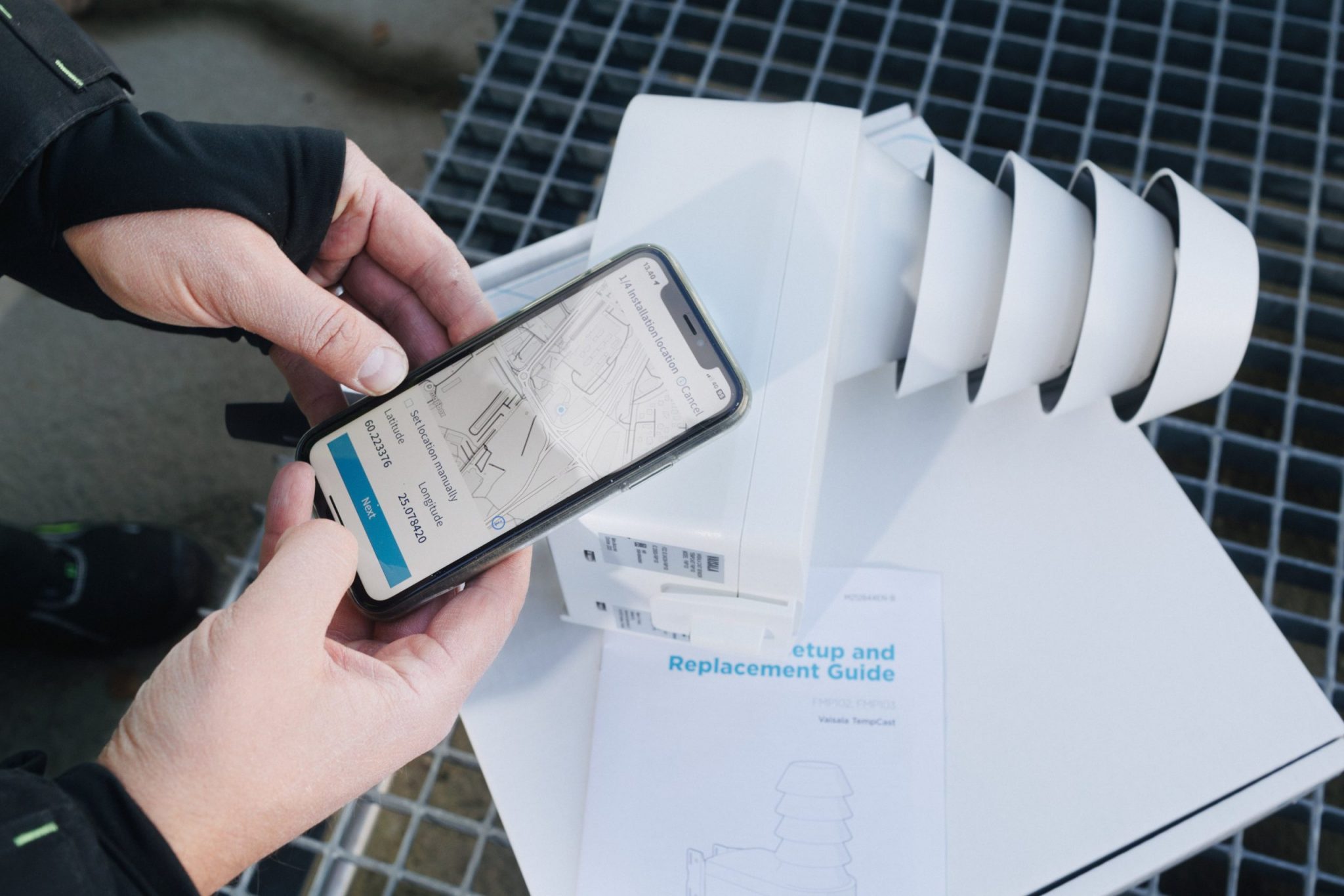
Accurate hyperlocal weather forecasts could be of significant help in reducing the amount of energy that buildings consume. Since autumn 2023, Vaisala's IoT weather sensor has been training itself and making local forecasts in the Testbed Helsinki platform. But how exactly does this promising technology work, and can it be used widely to save energy?
We started experimenting with hyperlocal weather forecasts as a tool for saving energy in buildings in November 2023. Since buildings account roughly for 30 percent of total energy consumption, it is essential to look for ways to save energy in this field – which brought us together with Vaisala, a company well known for its measurements expertise. In this experiment, we also work together with Eeneman, Bravida and Platform of Trust.
The technology of Business Helsinki’s testing platform Testbed Helsinki’s hyperlocal weather forecast experiment requires cooperation. Every participant plays a crucial role in it.
This is how the hyperlocal weather forecast works
1: The building
HVAC (Heating, Ventilation and Air Conditioning) systems are the backbone of all modern office and residential buildings. In Helsinki, heating of the city’s buildings generates more than half of all emissions. Smarter energy usage in buildings is of top priority – aligned with Helsinki’s commitment to carbon neutrality by 2030. Yet, the decentralized nature of implementation poses challenges, so it is necessary to approach each building in an individualized manner.
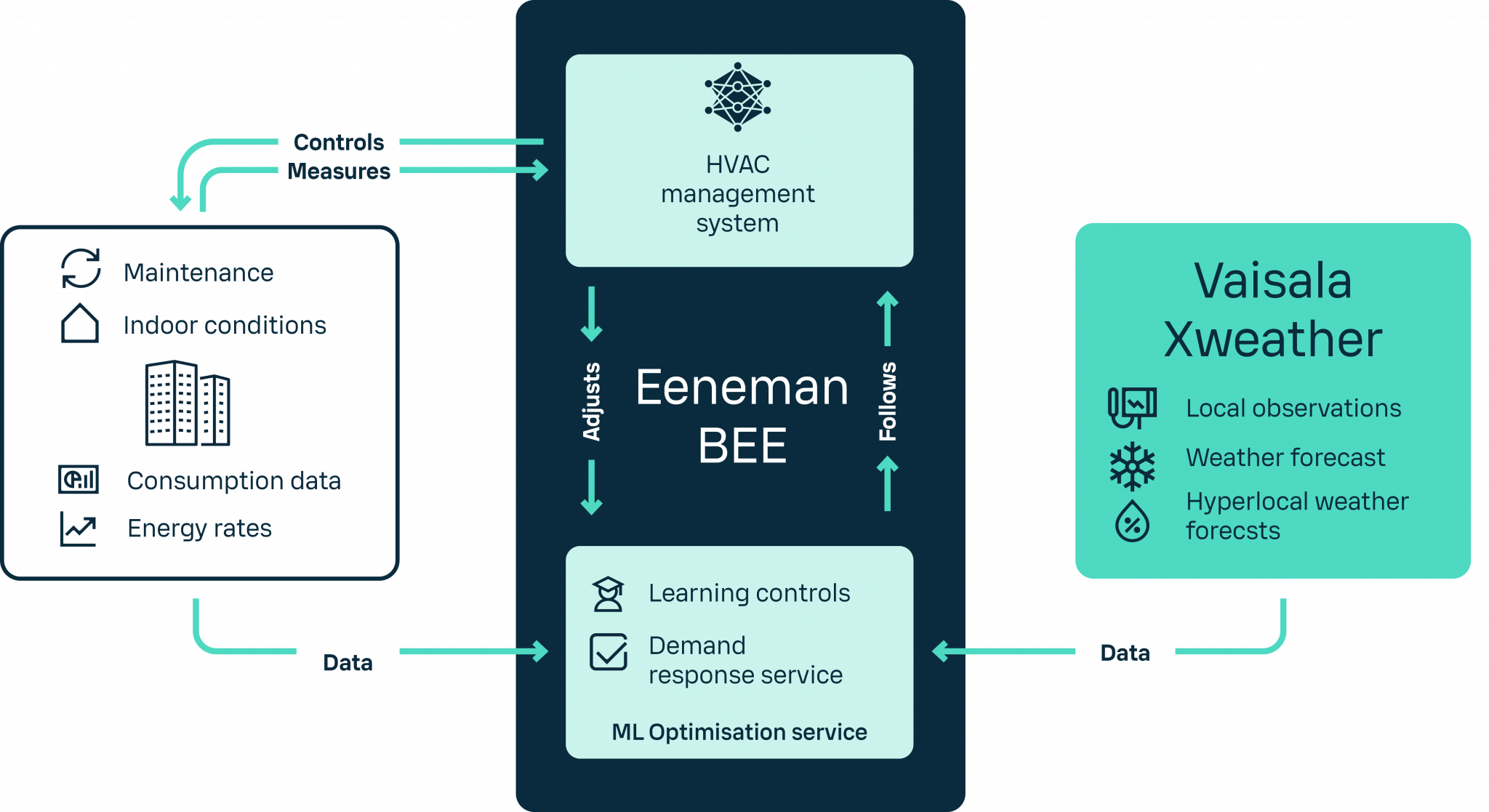
2: HVAC management: utilizing artificial intelligence
But how can these HVAC systems be optimized, making them as energy efficient as possible without compromising indoor conditions? Eeneman Oy’s BEE (Building Energy Efficiency) Solution seamlessly integrates artificial intelligence into HVAC systems to optimize ventilation, floor heating, and radiators. This AI model is meticulously trained on building energy consumption and weather forecasts, which makes it possible to adapt and fine-tune HVAC responses on a per-floor basis. Depending on the temperature outside and internal floor temperatures, it controls mechanical ventilation. The BEE AI model provides accurate insights for current months and the entire year.
The solution ensures efficient energy usage by utilizing the most accurate and up-to-date weather forecasts available in its algorithms. This way, it is possible to proactively adjust heating and cooling systems can be proactively adjusted based on upcoming weather conditions.
3: The Xcast technology
The crucial parameter – weather – is brought to the system through Vaisala Xweather’s Xcast technology. Xcast employs machine learning to provide hyperlocal forecasts, trained with precise weather observations from specific locations. This enables the system to continuously learn from local observations, initially implementing smaller gradual changes and more significant adjustments over time as it accumulates more data.
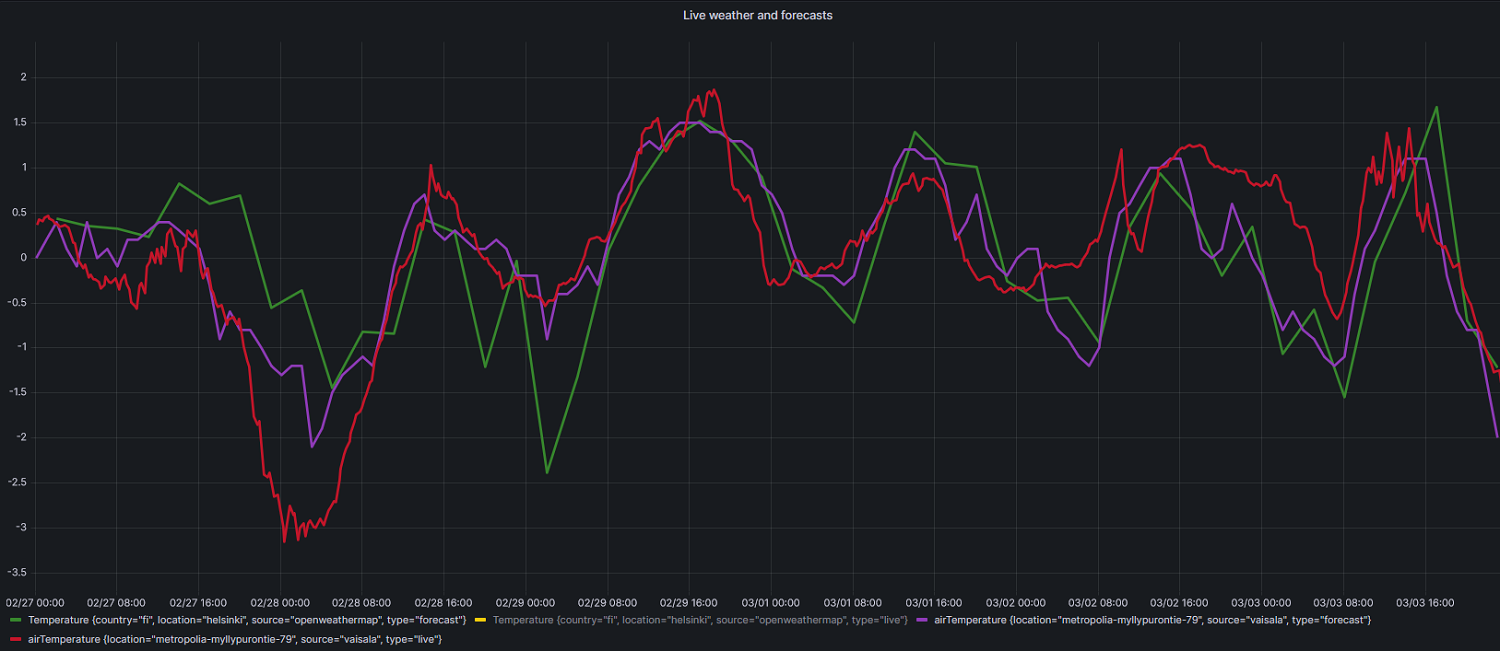
This dynamic system incorporates an experience-based response time for each component and heating method, considering factors like floor heating, radiators, and ventilation. A building’s mechanical ventilation is not only responsible for the indoor temperature, but also adjusts based on the speed of exhaust/replacement air, which is modulated by pressure adjustments. This dual-control mechanism enhances the system’s ability to adapt to changing indoor conditions.
Furthermore, the demand response service monitors building savings calculations, comparing them against 2023 figures and adjusting for temperature to align with 2024 conditions.
The experiment at Metropolia
The hyperlocal weather forecast experiment has much potential and is carried out in fluent cooperation at Metropolia University of Applied Sciences, Myllypuro Campus. The experiment will run until the end of 2024. The first results will be available already this spring. Stay tuned to hear more about this innovative solution, which could contribute to an even better and more sustainable urban Helsinki!
